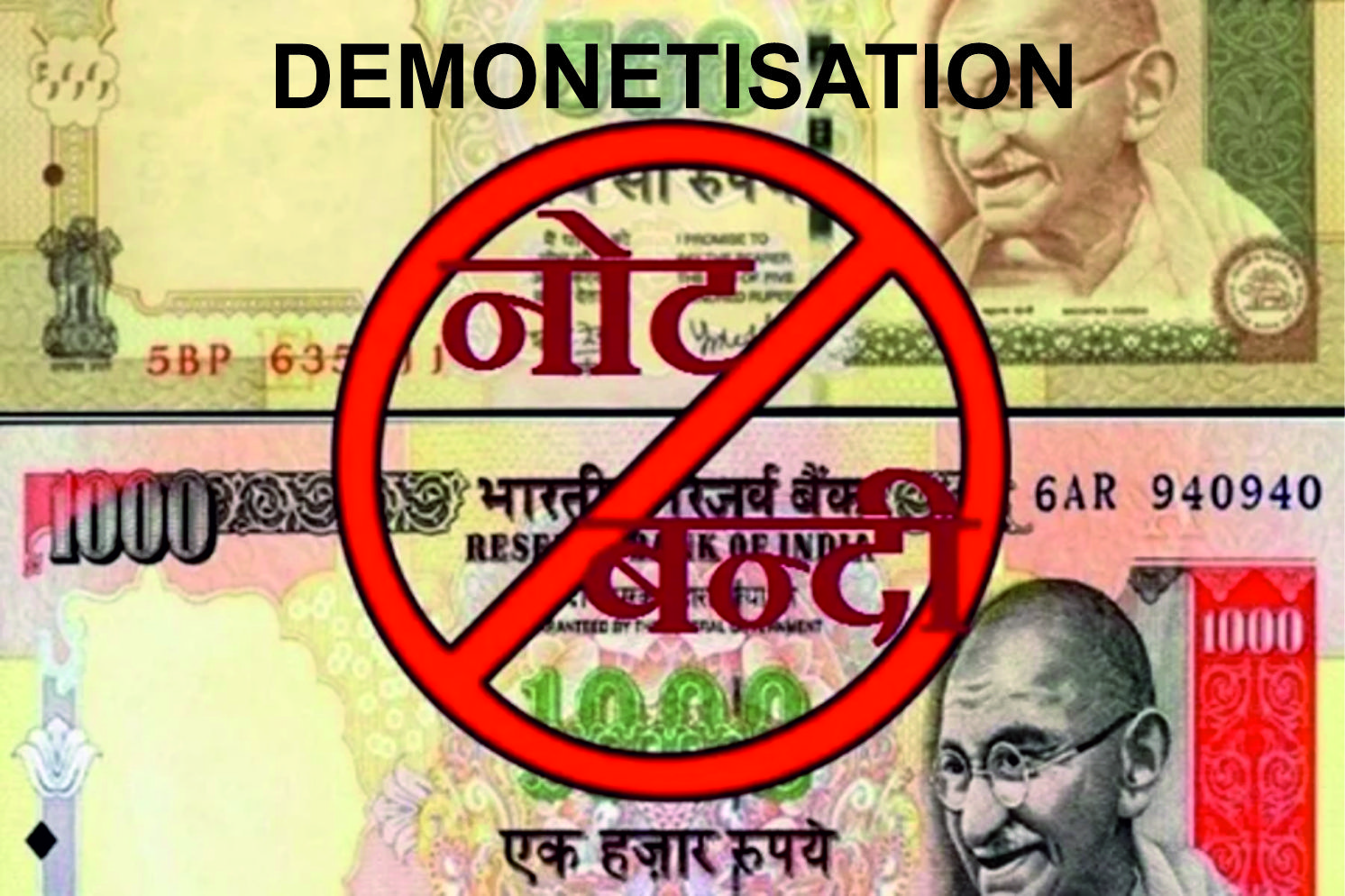From Adversity to Victory: Tata Motors' Remarkable Turnaround Story

For the first time in India, an automaker decided to lower the prices of its electric vehicles (EVs) in response to the significant drop in battery prices, a strategy reminiscent of Tesla's approach in the US. Tata Motors slashed the price of its highly popular Nexon by ₹1.2 lakh and offered a ₹70,000 discount on another model, the Tiago. Holding nearly 80 percent of the EV market in India, Tata Motors took this proactive step to directly pass on the benefits of reduced battery costs to its customers.
This announcement coincided with a similar move by Chinese automaker MG Motors, aiming to challenge Tata Motors on its home turf. Globally, Chinese automakers enjoy a cost advantage of about 30 percent in battery packs, which constitute over 40 percent of an EV's total cost.
However, Tata Motors' response to MG Motors underscores a significant reality: as India transitions from fossil fuel-based to alternative fuel-based vehicles, Tata Motors, being the largest EV maker in India, now has the upper hand in setting prices, posing challenges for its competitors.
Tata Motors' journey from being a struggling player in the Indian automotive scene to emerging as a formidable force mirrors the story of a phoenix rising from the ashes. Despite facing setbacks, such as a decline in market share from 2010 to 2016, Tata Motors has managed to make a remarkable turnaround. By January of this year, Tata Motors had become India’s third-largest carmaker, capturing a market share of 14 percent, trailing behind Hyundai Motors with 15 percent and Maruti Suzuki with a dominant 42.2 percent share.
Looking ahead, Tata Motors is gearing up to launch two new models targeting the popular 4.3-meter category, aiming to compete with established players like Hyundai, Maruti Suzuki, Honda, and Volkswagen. Shailesh Chandra, the managing director of Tata Motors Passenger Vehicles Ltd, highlights that despite their current success, Tata Motors is only tapping into 57 percent of the market, leaving ample room for further growth.
The pivotal moment for Tata Motors' turnaround can be traced back to the peak of the Covid-19 pandemic. Despite the industry slowdown, Tata Motors embarked on a bold marketing campaign titled ‘New Forever,’ emphasizing safety, performance, and design. This initiative, coupled with a focus on improving dealer profitability, led to a resurgence in sales, with revenues growing by 89 percent in the October-December quarter of 2020.
Furthermore, Tata Motors' strategic decision to offer a diverse range of powertrains, including diesel, petrol, CNG, and EVs, has contributed to its competitive edge. The company's emphasis on electric and CNG vehicles has paid off, with significant sales growth in these segments.
The company's success story also involves navigating challenges such as the global semiconductor shortage, which Tata Motors managed by securing additional suppliers and optimizing chip usage. Today, Tata Motors boasts a loyal customer base, with a significant proportion of buyers under the age of 35, drawn to the company's stylish, safe, and technologically advanced vehicles.
Financially, Tata Motors has made a remarkable turnaround, with revenues growing by 50 percent over four years and the company returning to profitability in 2023. Its market capitalization has surged by 1,300 percent, reaching ₹3.05 lakh crore.
Looking ahead, Tata Motors is poised for further growth, with plans to dominate the EV segment and capitalize on India's growing demand for electric vehicles. Leveraging its ecosystem, Tata UniEVerse, and partnerships with companies like JLR, Tata Motors aims to introduce more EV models and solidify its position as a leader in the Indian automotive market.
In summary, Tata Motors' journey from adversity to success is a testament to its resilience, strategic foresight, and commitment to innovation. As it sets its sights on future growth, Tata Motors is well-positioned to maintain its leadership in India's rapidly evolving automotive landscape.


 The BharatBiz
The BharatBiz

 307
307

 16
16

